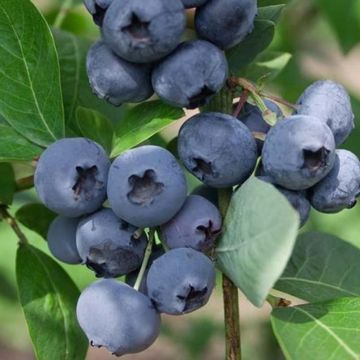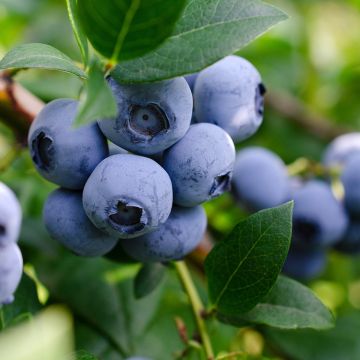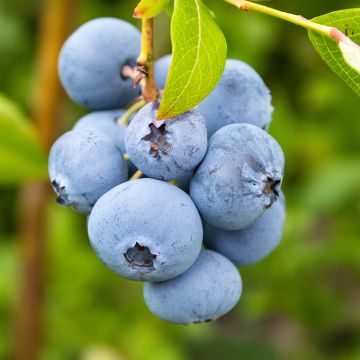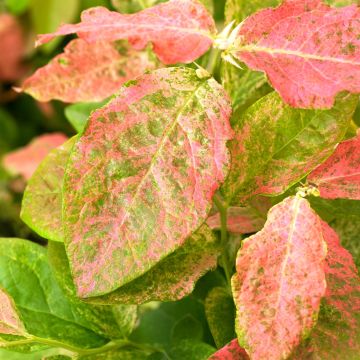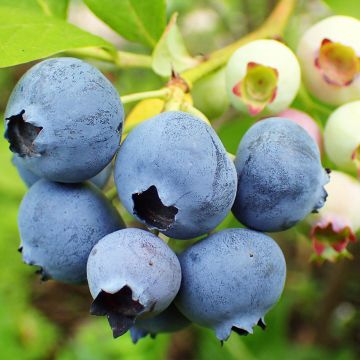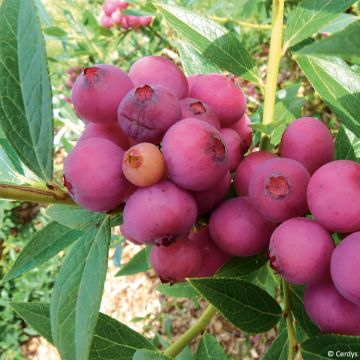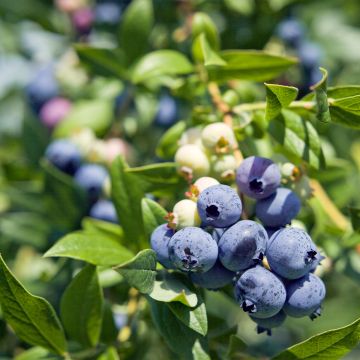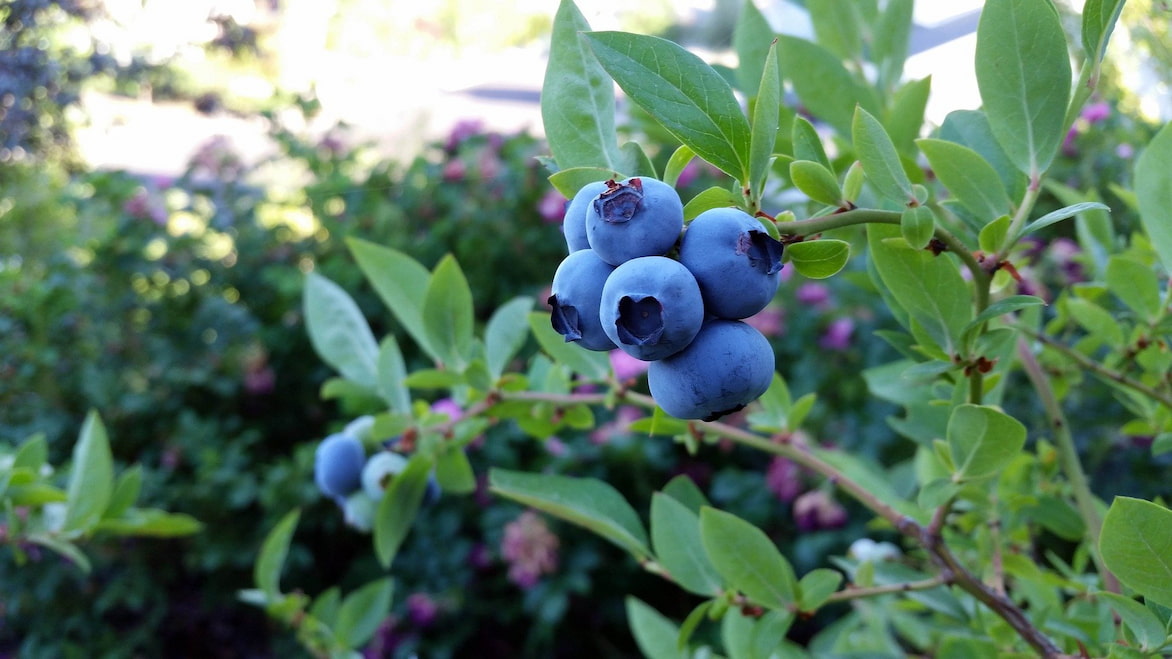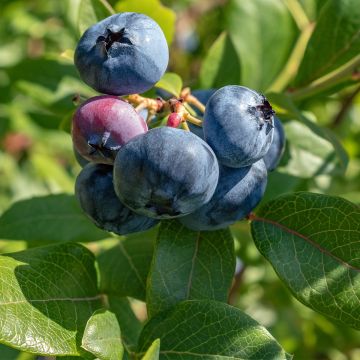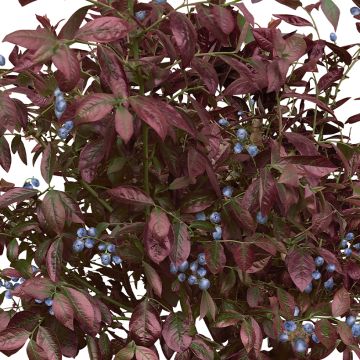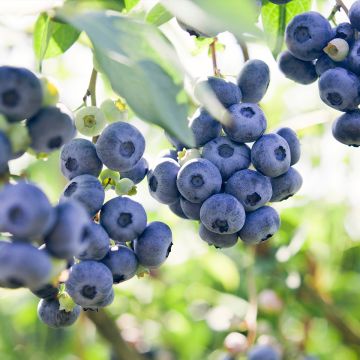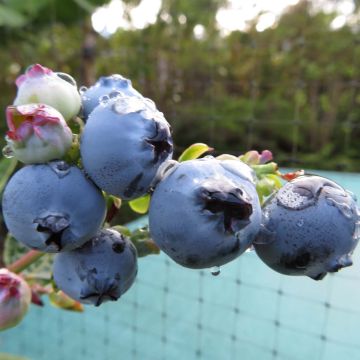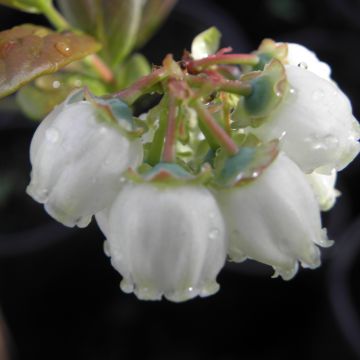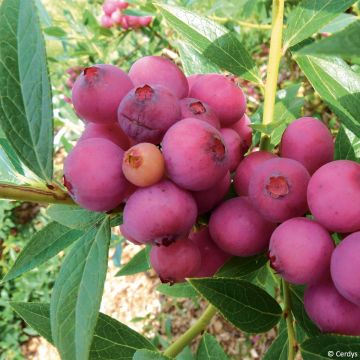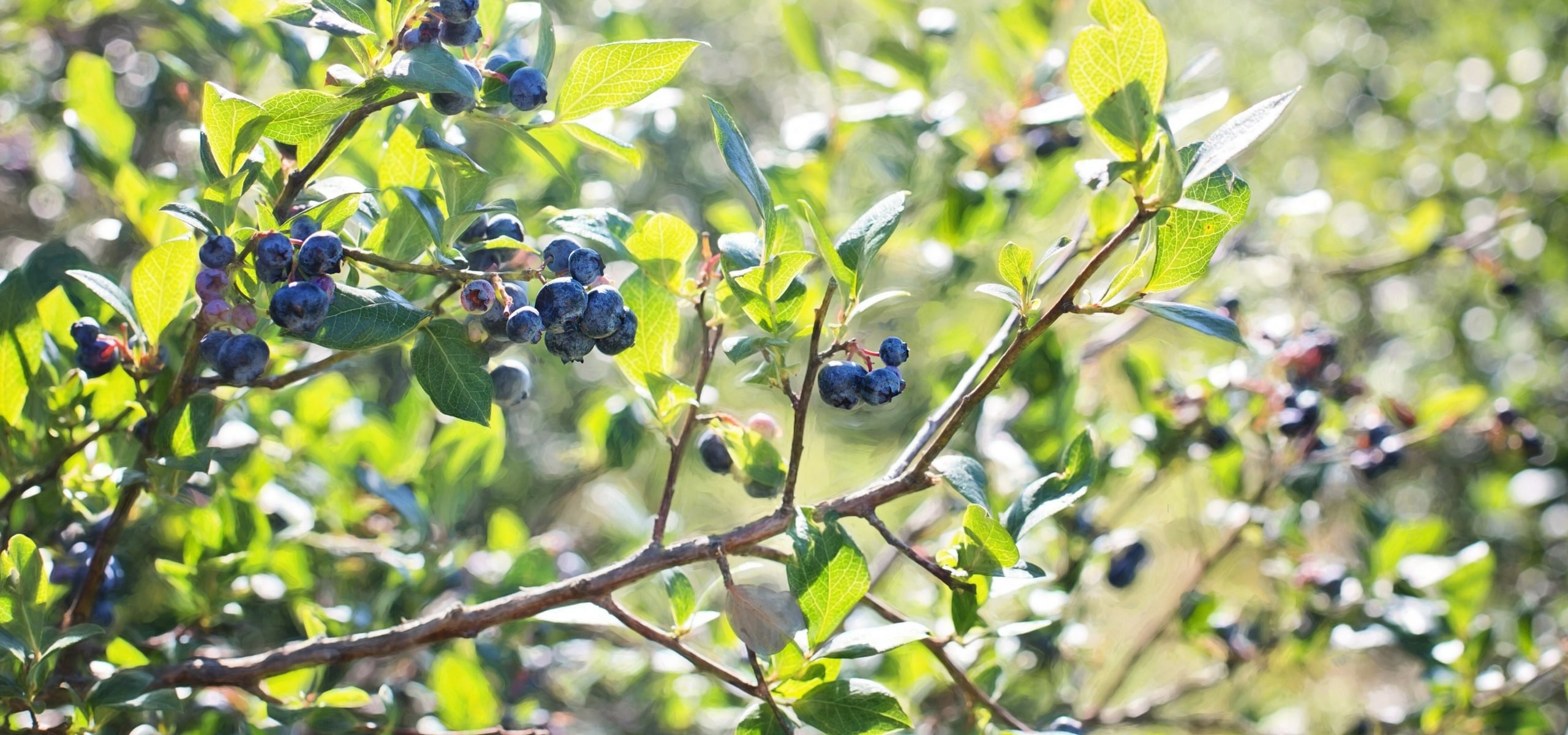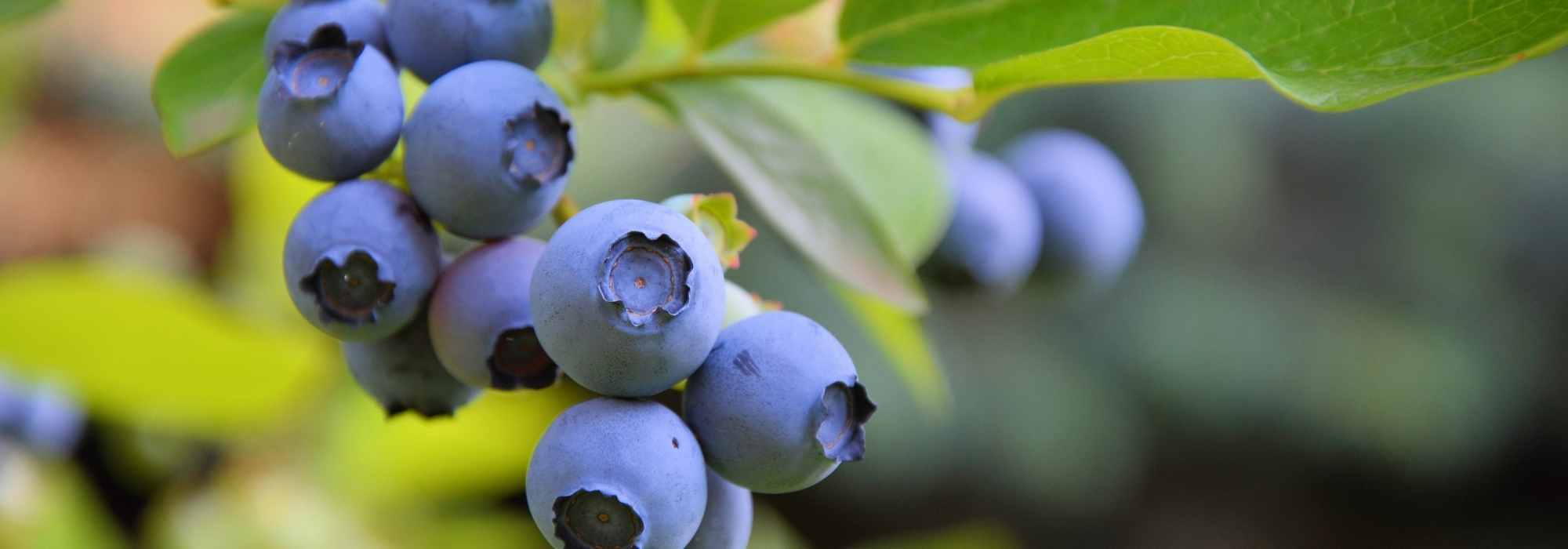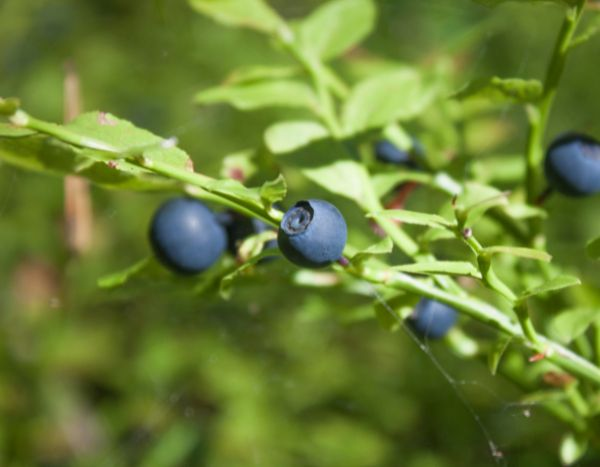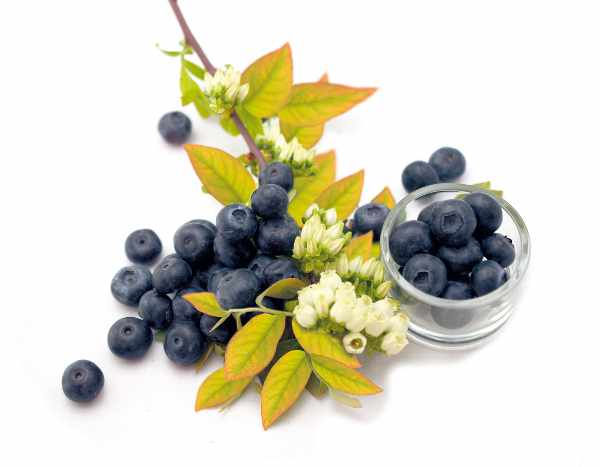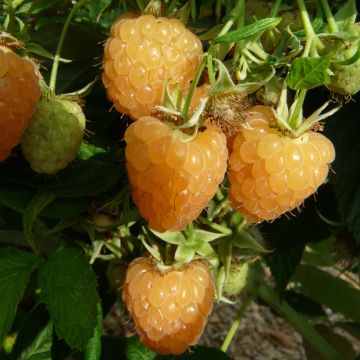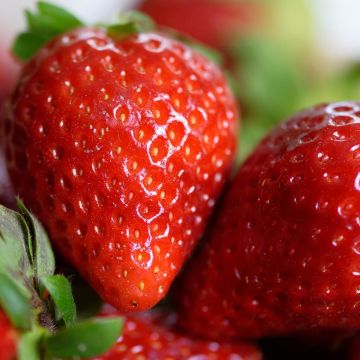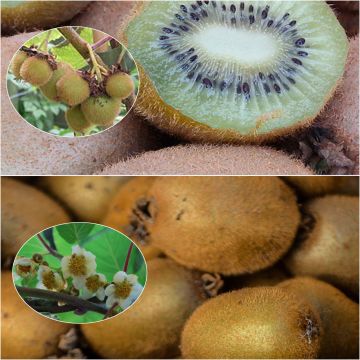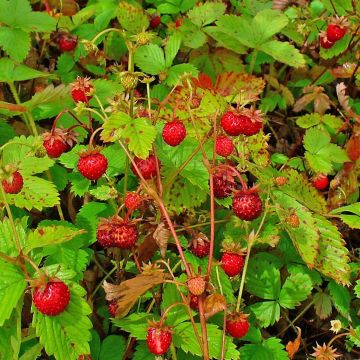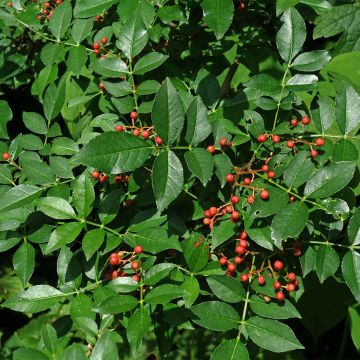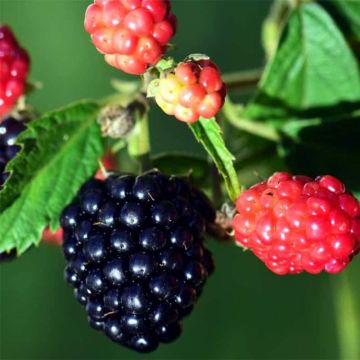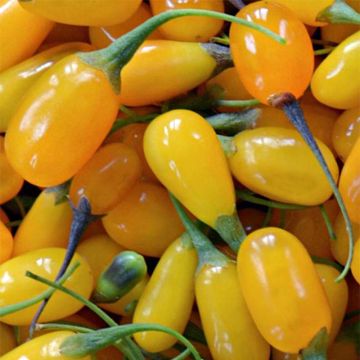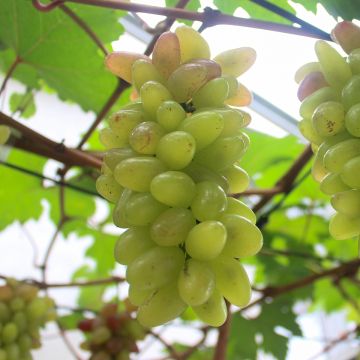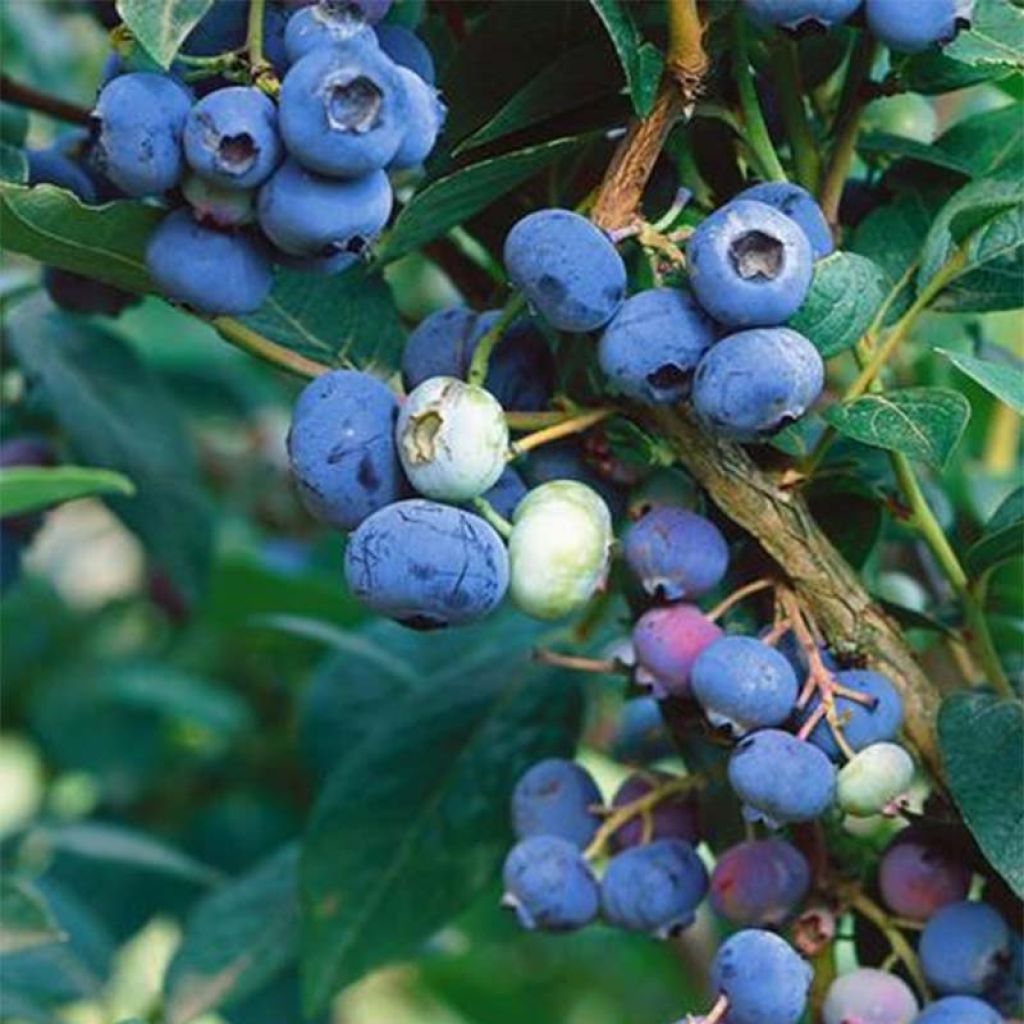

Myrtillier Brigitta Blue Bio
Vaccinium corymbosum Brigitta Blue- American Blueberry
Vaccinium corymbosum Brigitta Blue
American Blueberry, Highbush Blueberry
Nice pruning. Healthy plant.
Vero, 28/05/2025
Special offer!
Receive a €20 voucher for any order over €90 (excluding delivery costs, credit notes, and plastic-free options)!
1- Add your favorite plants to your cart.
2- Once you have reached €90, confirm your order (you can even choose the delivery date!).
3- As soon as your order is shipped, you will receive an email containing your voucher code, valid for 3 months (90 days).
Your voucher is unique and can only be used once, for any order with a minimum value of €20, excluding delivery costs.
Can be combined with other current offers, non-divisible and non-refundable.
Why not try an alternative variety in stock?
View all →This plant carries a 6 months recovery warranty
More information
We guarantee the quality of our plants for a full growing cycle, and will replace at our expense any plant that fails to recover under normal climatic and planting conditions.

Description
Vaccinum corymbosum 'Brigitta Blue' Blueberry is derived from organic agriculture. It is an excellent hardy Australian variety with a compact and upright habit, well-suited for small gardens and container cultivation. Highly productive and relatively early, it offers beautiful clusters of dark blue blueberries from mid-July. The berries are large, firm, and round, with a balanced tangy taste. If the harvest is not spread out over time, the fruits can be stored quite well in a cool place after picking. The spring flowering is decorative and slightly fragrant. In autumn, the foliage turns a magnificent bright orange-yellow shade. It is a bushy shrub that prefers well-drained acidic soil, remaining moist, and enjoys dappled sunlight or partial shade.
The 'Brigitta Blue' blueberry bush belongs to the Ericaceae family, like heathers and rhododendrons. It comes from the species Vaccinum corymbosum, native to New England in the United States. It has a larger development but less flavoursome fruits compared to the European species Vaccinum myrtillus. The 'Brigitta Blue' cultivar was selected in Australia in the 1970s. It is a highly productive variety that forms a dense, upright, and compact bush, reaching about 1.20m (4ft) in height with a spread of 50cm (20in) at maturity. The deciduous leaves are 2 to 3cm (1in) long, lanceolate, elliptical, entire and toothed, medium green, turning bright orange in autumn before falling. Flowering occurs in April-May, with small white bell-shaped flowers tinged with faded red on the edges, measuring 0.5 to 1cm (0in) in length, gathered in pendant clusters 2 to 5cm (1 to 2in) long at the tips of the stems. This is followed by large blueberries covered in bloom, which ripen in July-August. The harvest will be spread out over about two weeks, depending on the ripeness of the fruits. The blueberries are firm and sweet, with a pronounced, slightly resinous, and aromatic flavour. The yield is excellent. Blueberries are low in calories but high in nutritional value: they are rich in vitamins A, B, and C, calcium, and iron. They contain pigments (anthocyanins) that improve night vision.
To ensure good pollination and fruiting, it is recommended to plant at least 2 to 3 Blueberry bushes of the same variety or different varieties (including self-fertile varieties such as 'Brigitta Blue'). Plant Blueberry bushes such as 'Spartan' or 'Patriot' nearby to ensure a good harvest. In the garden, Blueberry bushes will integrate perfectly into acid soil beds, along with rhododendrons, azaleas, hydrangeas, heathers, etc. Blueberries can be consumed freshly picked, in juice, jam, jelly, or in desserts (pies, sorbets).
Vaccinium corymbosum Brigitta Blue- American Blueberry in pictures
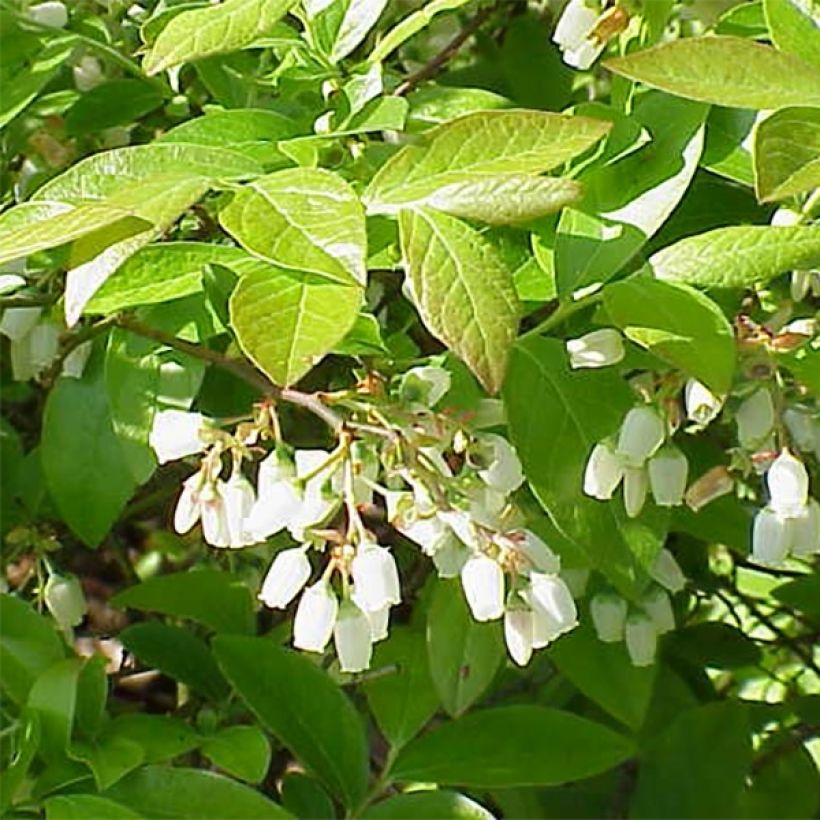

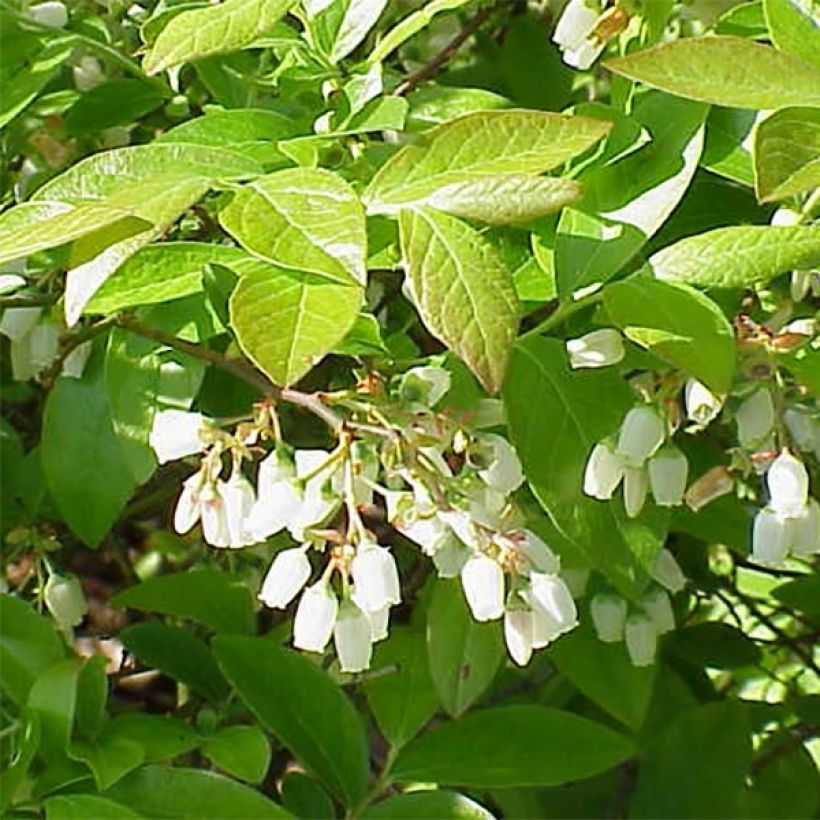



Plant habit
Fruit
Flowering
Foliage
Botanical data
Vaccinium
corymbosum
Brigitta Blue
Ericaceae
American Blueberry, Highbush Blueberry
Cultivar or hybrid
Other Blueberry bush
View all →Planting and care
If the soil suits it, the 'Brigitta Blue' Blueberry is a plant that will grow and bear fruit on its own. Install it in an acidic soil (pH between 4 and 5.5), pure ericaceous soil, or a mixture of regular soil and peaty, well decomposed bark compost. In alkaline soil, dig a hole 50 to 60 cm (20 to 24in) deep, line the edges with garden felt, create a non-limestone gravel bed 10cm (4in) thick at the bottom, then fill with an acidic soil mixture. The soil should remain moist, but without stagnant moisture. If watering is necessary, use non-limestone and non-chlorinated water. This bush likes filtered light, especially if it lives in a region with hot summers. It should be protected from dry winds and high temperatures. Mulch the base with crushed bark, straw, or fern leaves. Starting from the third year, apply rhododendron fertiliser in autumn and ammonium sulfate in spring.
Planting period
Intended location
Care
Planting & care advice
-
, onOrder confirmed
Reply from on Promesse de fleurs
Similar products
Haven't found what you were looking for?
Hardiness is the lowest winter temperature a plant can endure without suffering serious damage or even dying. However, hardiness is affected by location (a sheltered area, such as a patio), protection (winter cover) and soil type (hardiness is improved by well-drained soil).

Photo Sharing Terms & Conditions
In order to encourage gardeners to interact and share their experiences, Promesse de fleurs offers various media enabling content to be uploaded onto its Site - in particular via the ‘Photo sharing’ module.
The User agrees to refrain from:
- Posting any content that is illegal, prejudicial, insulting, racist, inciteful to hatred, revisionist, contrary to public decency, that infringes on privacy or on the privacy rights of third parties, in particular the publicity rights of persons and goods, intellectual property rights, or the right to privacy.
- Submitting content on behalf of a third party;
- Impersonate the identity of a third party and/or publish any personal information about a third party;
In general, the User undertakes to refrain from any unethical behaviour.
All Content (in particular text, comments, files, images, photos, videos, creative works, etc.), which may be subject to property or intellectual property rights, image or other private rights, shall remain the property of the User, subject to the limited rights granted by the terms of the licence granted by Promesse de fleurs as stated below. Users are at liberty to publish or not to publish such Content on the Site, notably via the ‘Photo Sharing’ facility, and accept that this Content shall be made public and freely accessible, notably on the Internet.
Users further acknowledge, undertake to have ,and guarantee that they hold all necessary rights and permissions to publish such material on the Site, in particular with regard to the legislation in force pertaining to any privacy, property, intellectual property, image, or contractual rights, or rights of any other nature. By publishing such Content on the Site, Users acknowledge accepting full liability as publishers of the Content within the meaning of the law, and grant Promesse de fleurs, free of charge, an inclusive, worldwide licence for the said Content for the entire duration of its publication, including all reproduction, representation, up/downloading, displaying, performing, transmission, and storage rights.
Users also grant permission for their name to be linked to the Content and accept that this link may not always be made available.
By engaging in posting material, Users consent to their Content becoming automatically accessible on the Internet, in particular on other sites and/or blogs and/or web pages of the Promesse de fleurs site, including in particular social pages and the Promesse de fleurs catalogue.
Users may secure the removal of entrusted content free of charge by issuing a simple request via our contact form.
The flowering period indicated on our website applies to countries and regions located in USDA zone 8 (France, the United Kingdom, Ireland, the Netherlands, etc.)
It will vary according to where you live:
- In zones 9 to 10 (Italy, Spain, Greece, etc.), flowering will occur about 2 to 4 weeks earlier.
- In zones 6 to 7 (Germany, Poland, Slovenia, and lower mountainous regions), flowering will be delayed by 2 to 3 weeks.
- In zone 5 (Central Europe, Scandinavia), blooming will be delayed by 3 to 5 weeks.
In temperate climates, pruning of spring-flowering shrubs (forsythia, spireas, etc.) should be done just after flowering.
Pruning of summer-flowering shrubs (Indian Lilac, Perovskia, etc.) can be done in winter or spring.
In cold regions as well as with frost-sensitive plants, avoid pruning too early when severe frosts may still occur.
The planting period indicated on our website applies to countries and regions located in USDA zone 8 (France, United Kingdom, Ireland, Netherlands).
It will vary according to where you live:
- In Mediterranean zones (Marseille, Madrid, Milan, etc.), autumn and winter are the best planting periods.
- In continental zones (Strasbourg, Munich, Vienna, etc.), delay planting by 2 to 3 weeks in spring and bring it forward by 2 to 4 weeks in autumn.
- In mountainous regions (the Alps, Pyrenees, Carpathians, etc.), it is best to plant in late spring (May-June) or late summer (August-September).
The harvesting period indicated on our website applies to countries and regions in USDA zone 8 (France, England, Ireland, the Netherlands).
In colder areas (Scandinavia, Poland, Austria...) fruit and vegetable harvests are likely to be delayed by 3-4 weeks.
In warmer areas (Italy, Spain, Greece, etc.), harvesting will probably take place earlier, depending on weather conditions.
The sowing periods indicated on our website apply to countries and regions within USDA Zone 8 (France, UK, Ireland, Netherlands).
In colder areas (Scandinavia, Poland, Austria...), delay any outdoor sowing by 3-4 weeks, or sow under glass.
In warmer climes (Italy, Spain, Greece, etc.), bring outdoor sowing forward by a few weeks.































